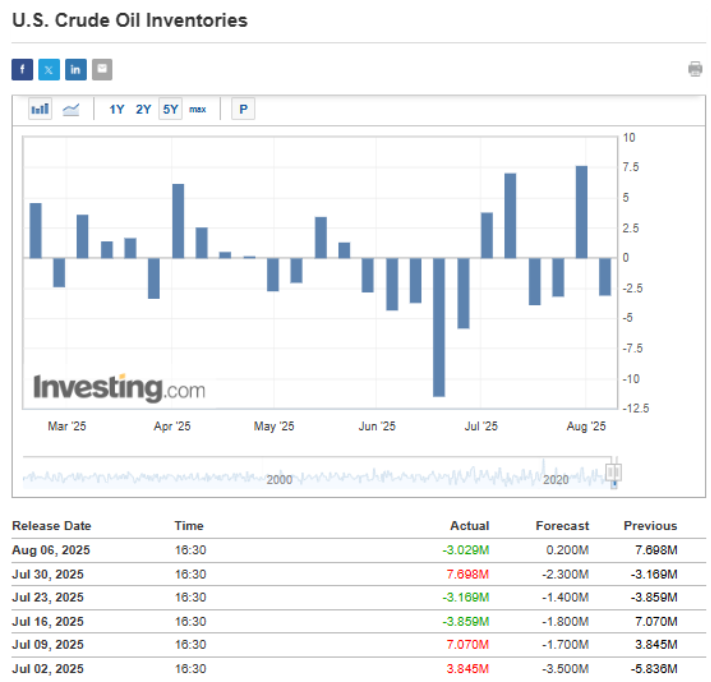In recent times, the dynamics of the global oil market have become increasingly complex, influenced by a myriad of factors that extend far beyond the traditional markers of supply and demand. This year, amidst the regular metrics of production figures, inventory data, and global consumption patterns, the continuing trade disputes have taken center stage, significantly affecting the oil prices across various grades.
As we delve deeper into these facets that shape the oil market, it’s crucial to understand the influence of geopolitical tensions and policy decisions. A prime example of this is the current landscape shaped by the United States under the leadership of President Donald Trump. In a strategic move aimed at countering India’s continuous importation of Russian oil, the US has levied a secondary tariff rate of 50% against India. Despite the pressure, India has stood firm, signaling its intentions to persist with its purchase of Russian oil. This decision suggests a certain stability in the current situation, although it’s plausible that the economic and political pressures on India could intensify over time.
The spotlight has shone brightly on India, not in isolation, but as part of a triad that includes Brazil and China, all major consumers of Russian oil. In the past year, a significant pivot has been observed with India’s crude oil imports from Russia skyrocketing to constitute about 40% of its total oil imports. This translates to approximately 2.15 million barrels per day, positioning Russia as Delhi’s predominant oil supplier.
This development has not gone unnoticed by international observers, particularly the United States. Should the US succeed in its endeavor to moderate India’s oil purchases from Russia, the ramifications for the global oil supply are profound. India may then turn to other members of the OPEC+ alliance, which recently announced an increase in their production by 547,000 barrels per day. This adjustment could potentially reframe supply expectations and press down on oil prices, possibly driving them below the $60-per-barrel threshold once more.
The intricacies of the global oil market mechanics do not stop there. The United States, holding the title of the world’s premier oil producer, possesses the capacity to further increase its output. This comes as pertinent information, especially considering the production increments by ExxonMobil and Chevron in Q2 2025, reaching 4.63 million and 3.40 million barrels per day, respectively. Despite data points that might suggest otherwise, the market’s orientation seems more inclined towards concerns over demand rather than supply cues.
Moreover, the West Texas Intermediate (WTI) crude has shown a tendency to resume its downward trajectory, probing key support zones near $64. A prolonged settlement beneath this level could pave the way to the next critical point at $60, amplifying the bearish sentiment in the oil markets. On the contrary, for any reversal in trend, the $70 mark stands as a pivotal resistance zone defending against further declines.
In light of these developments, it is imperative for market participants and observers to keep abreast of the evolving scenarios. Available resources, such as InvestingPro, offer an array of tools designed to aid in making informed and timely investment decisions. Leveraging over 25 years of financial data, InvestingPro extends functionalities, including AI-powered stock picks, comprehensive valuation models, and customized financial health scores, among others, to its subscribers. These resources aim to streamline the investment process, providing a competitive edge in the fast-paced financial market.
The fluid nature of the global oil landscape underscores the importance of staying informed and adaptable. Whether it’s navigating geopolitical tensions, responding to policy changes, or deciphering market signals, the ability to access and interpret relevant information remains crucial. As we continue to monitor these developments, it’s clear that the interplay between these various elements will dictate the future trajectory of oil prices and, by extension, the global economic outlook.
While this analysis seeks to provide a comprehensive overview, it’s important to note that investing in commodities like oil involves inherent risks. Decisions should be made based on a balanced consideration of the market dynamics and personal investment goals.



